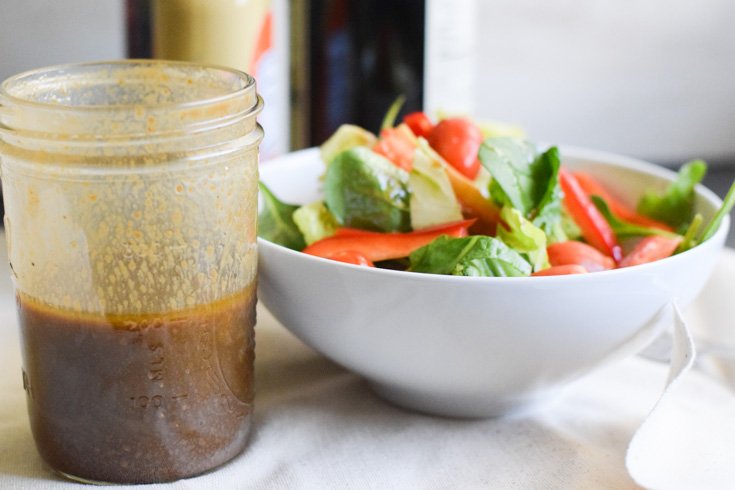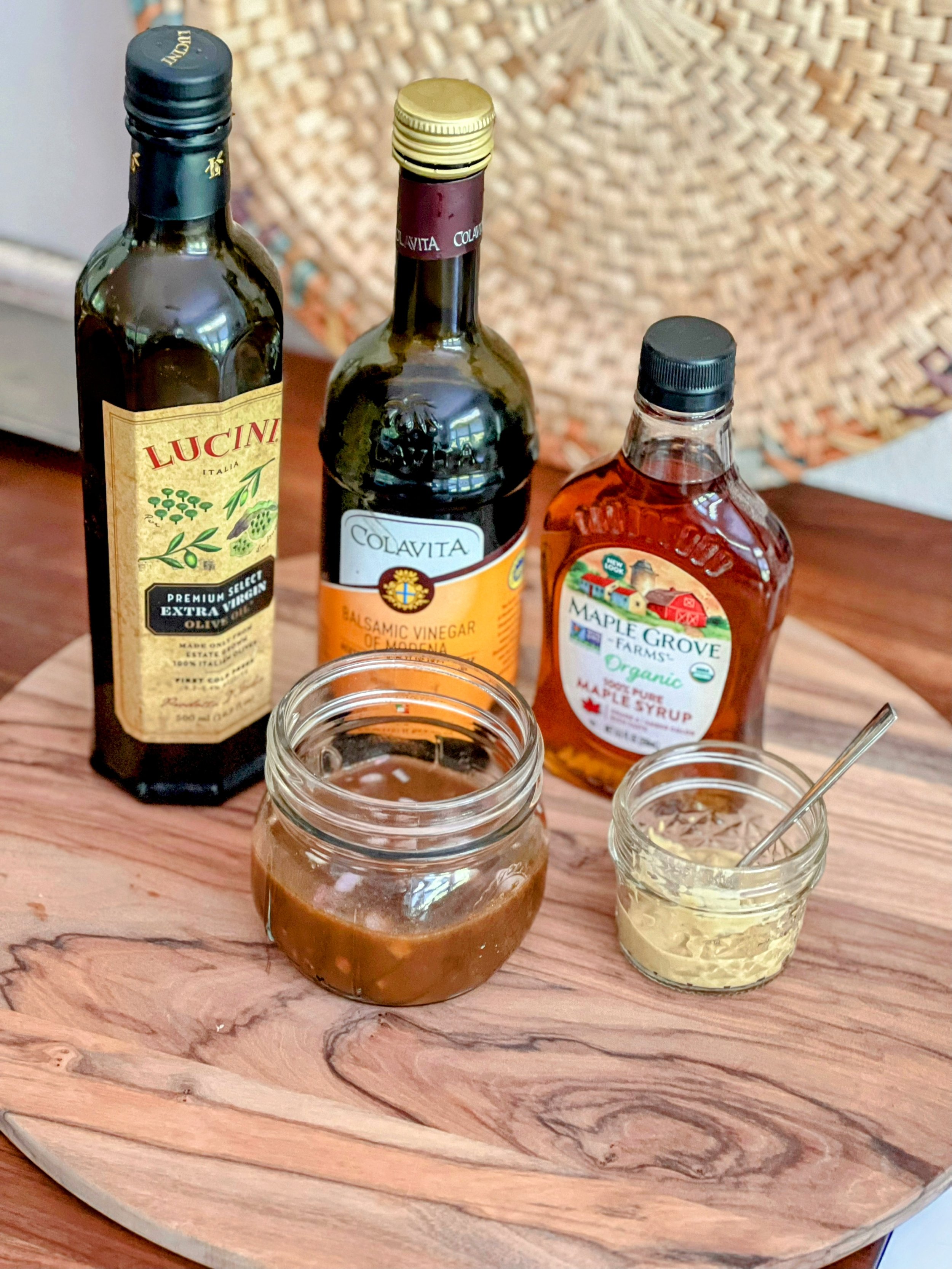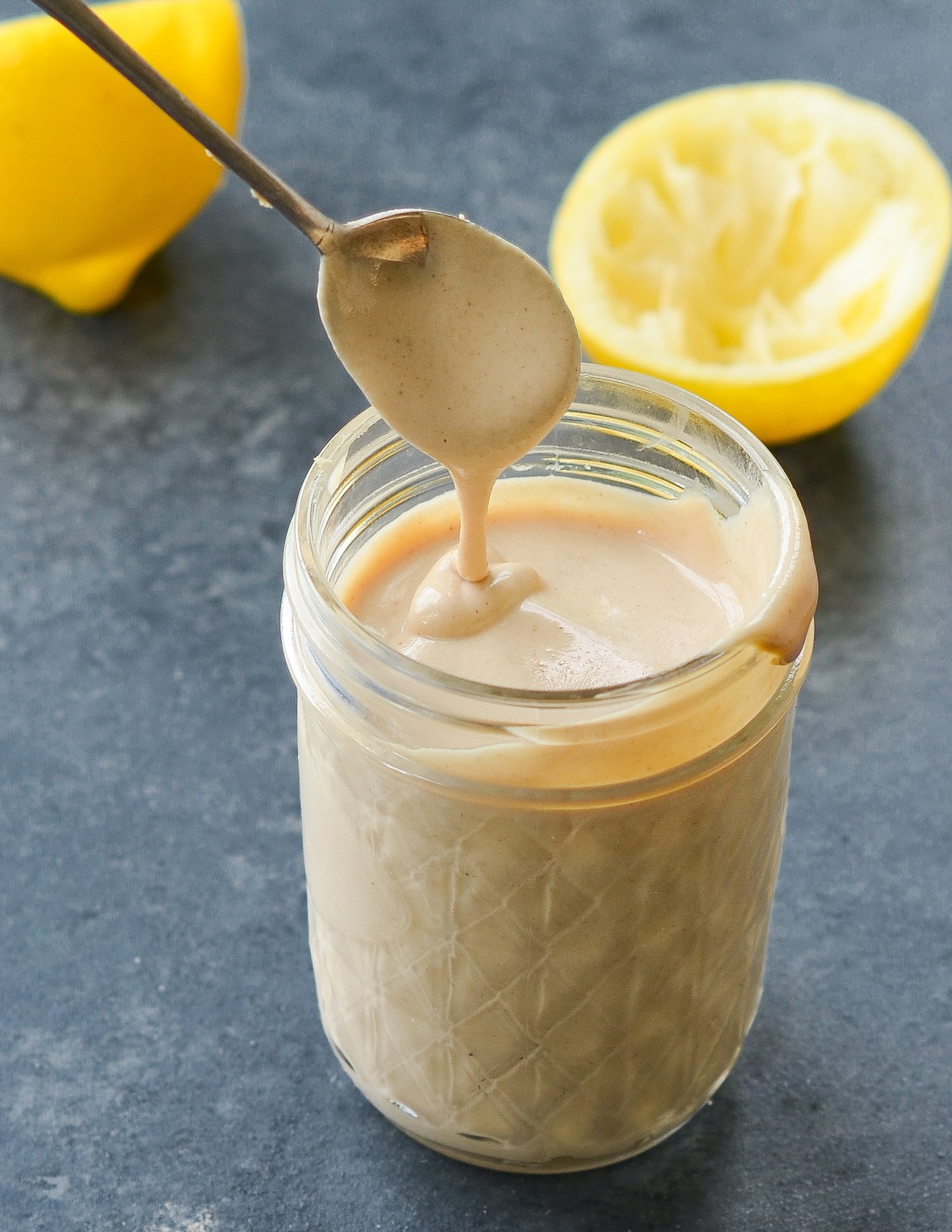Salad Dressing Tips
When it comes to elevating the flavor profile of a humble bowl of greens, there's nothing quite like a well-crafted salad dressing. While store-bought options might offer convenience, making your own salad dressing not only allows you to tailor flavors to your preferences but also grants you control over the quality of ingredients. Whether you're a seasoned home cook or just beginning to explore the world of culinary creations, concocting your own salad dressing is a satisfying endeavor that can truly transform your salads into culinary masterpieces.
Why Make Your Own Salad Dressing?
Flavor Customization: One of the most appealing aspects of creating your own salad dressing is the freedom to customize flavors. Whether you're craving something tangy, creamy, spicy, or herbaceous, you can tailor the ingredients and proportions to suit your taste buds perfectly.
Healthier Ingredients: Store-bought dressings often contain preservatives, excessive amounts of salt, and unhealthy fats. By crafting your own dressing, you have the power to choose wholesome, high-quality ingredients, making your salads not just delicious but also more nutritious.
Creativity Unleashed: Making your own dressings is a canvas for culinary creativity. Experiment with various ingredients like fresh herbs, different types of vinegar, citrus juices, and even fruits to create unique flavor combinations that you won't find on supermarket shelves.
Basic Components of a Salad Dressing:
Base: The base of your dressing provides the primary texture and flavor. Common bases include olive oil, Greek yogurt, tahini, and avocado.
Acid: Acids such as vinegar (e.g., balsamic, red wine, apple cider) and citrus juices (e.g., lemon, lime, orange) add brightness and balance to the dressing.
Flavor Enhancers: These ingredients are the flavor powerhouses that give your dressing its character. Think minced garlic, shallots, fresh herbs, Dijon mustard, honey, or spices.
Emulsifiers: If you're aiming for a creamy dressing, emulsifiers like mustard, egg yolks, or honey can help bind oil and acid, creating a smoother texture.
Seasoning: Salt and pepper are the basics, but you can get creative with other seasonings like dried herbs, like cumin, basil, and paprika for added complexity.
Crafting Your Dressing:
Choose Your Base: Select your preferred base and transfer it to a bowl or jar.
Acid It Up: Add the acid component - whether it's vinegar, citrus juice, or a combination - to the base. The general rule of thumb is to maintain a 3:1 ratio of oil to acid, but feel free to adjust to your taste.
Flavor Infusion: Incorporate your chosen flavor enhancers. This is where your creativity shines! Mix and match herbs, spices, garlic, shallots, and more to craft a unique flavor profile.
Emulsify (if desired): If you're making a creamy dressing, add an emulsifier like Dijon mustard or honey. Slowly whisk in the ingredients to ensure a smooth, well-blended texture. Or just toss ingredients into your Ninja and blend until smooth.
Season and Adjust: Sprinkle in salt, pepper, and any additional seasonings. Taste and adjust the flavors as needed. If the dressing is too tart, add a bit more oil; if it's too oily, add more acid.
Storage: Once your dressing is well mixed and balanced, transfer it to an airtight container and store it in the refrigerator. Homemade dressings typically last about one to two weeks.
Mix tahini, lemon juice, chopped fresh herbs (parsley, dill, chives), minced garlic, water, salt, and pepper for a delightful Middle Eastern-inspired dressing.
Combine olive oil, balsamic vinegar, Dijon mustard, pure maple syrup, minced shallot, salt, and pepper for a sweet and tangy flavor explosion
Blend ripe avocado, lime juice, cilantro, garlic, agave nectar, salt, and pepper for a luscious and zesty treat.
Creamy, flavorful and rich…this dressing goes great with mediterranean or Green inspired salads. Tahinin, lemon, garlic and olive oil are the key ingredients.








